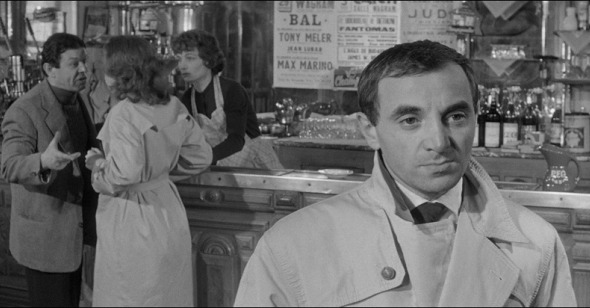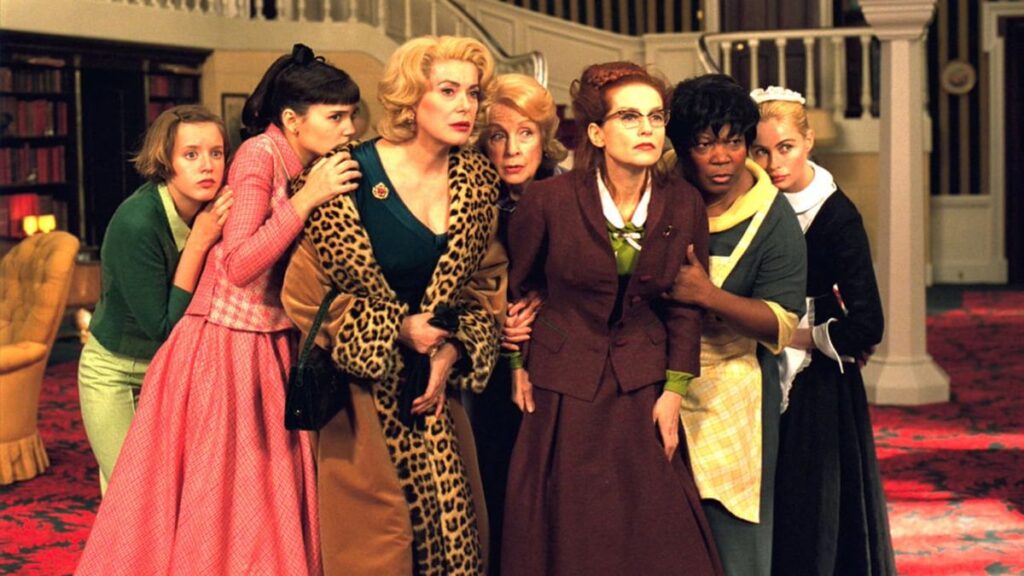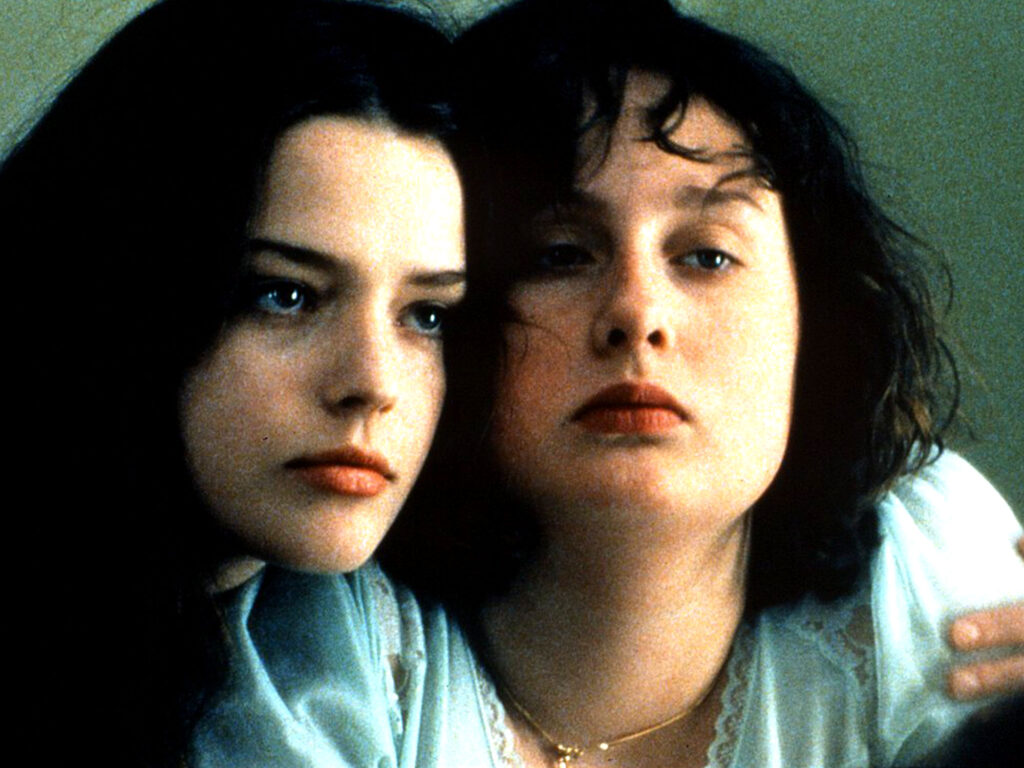“How to Blow Up a Pipeline” Movie Review — A Gripping Yet Frustrating Climate Change Thriller
An urgent call to action, director Daniel Goldhaber’s “How to Blow Up a Pipeline” is riveting, nail-biting, and heavily streamlined — impossible to look away from but not taking full advantage of its narrative potential.
Inspired by the 2021 nonfiction book of the same name by Andreas Malm — an eco-manifesto arguing for sabotage as a form of climate activism and critiquing pacifist protest — Goldhaber’s film presents a fictionalized dramatization of Malm’s thesis. In the film, a group of rebellious, righteous, mostly Gen-Z characters from across the U.S. attempt to blow up an oil pipeline in West Texas.
Each of them is personally affected by climate change and the oil industry. Xochitl (Ariela Barer), the de facto leader of the group, is mourning her mother who died during a heat wave. Theo (Sasha Lane) suffers from a rare form of leukemia caused by environmental pollution. She’s joined by her girlfriend, Alisha (Jayme Lawson), who’s committed to the cause and supportive of Theo’s ideals, yet fearful of the repercussions.
There’s Shawn (Marcus Scribner), a filmmaker’s assistant wanting to make a tangible impact on the world; the severe Michael (Forrest Goodluck), an amateur bomb maker enraged that his home in North Dakota has been taken over by oil workers; and Dwayne (Jake Weary), a Texas local whose land has been encroached on by the pipeline. They’re joined by the grungy couple Rowan (Kristine Froseth) and Logan (Lukas Gage), unruly souls wanting to fight the system and take plenty of drugs along the way.
With a tight, 99-minute runtime, Goldhaber and co. never let the film’s stranglehold grip subside, keeping suspense dialed up to 11 throughout. Complemented by lived-in performances, immersive cinematography, a no-frills structure, and Gavin Brivik’s panic-inducing score, “Pipeline” raises important questions about a real threat against humanity and what can be done to combat it. Goldhaber’s film, however, functions better as a set of ideas (vividly brought to life) than a traditional narrative. Simplified characterizations and a rushed dénoument hold it back from digging into its topics on a deeper level.

Despite its limitations, “Pipeline” is marvelously watchable: presented with fly-on-the-wall immediacy that consistently presents new hurdles for the team to overcome. Cinematographer Tehillah De Castro uses swirling long takes, ‘70’s-esque zooms, and intense close-ups, captured in 16 mm, to convey ratcheting stress amid stinging sand and dripping sweat. Shots positioning characters against backdrops of oil refineries (reminiscent of fire-spewing beasts) are particularly evocative.
Combined with Brivik’s whirring, electronic-infused score, stellar sound design amplifying elements including each “click” of Michael’s bomb-making materials, the hair-raising thud of an improvised explosive being lugged into position, or a rope beginning to fray, “Pipeline” is rarely less than intense. Each sequence is presented with a grounded, lower-budget style that doesn’t feel overly sensationalized or polished, in keeping with the characters’ guerilla tactics.
The film’s structure is similarly stripped-down, with both benefits and drawbacks. Goldhaber and co. break up the action — often right before or after moments of peril — to provide one-or-two-scene backgrounds to each person, occasionally revealing (somewhat contrived) plot twists. Although this approach maintains momentum, it sets up cliff-hanger scenarios frustratingly interrupted by backstory, prompting a manipulative cycle of anticipation and release as we’re abruptly zapped back-and-forth in time at pivotal junctions.
This structural “efficiency” also creates emotional distance. Indeed, “Pipeline” tries to check a wide swath of motivational boxes with its characters — they are symbols rather than three-dimensional human beings. They’re painted in broad strokes, packaged with heavy-handed dialogue lacking textured insight.
Unlike other “heist” films, there are no experts to be found here, only passionate, somewhat impulsive people eager to take direct action against an issue that threatens their future, regardless of consequences. It’s a shame, then, that “Pipeline” doesn’t treat them with the depth they deserve, especially Shawn, who isn’t as overtly impacted by the oil industry, but feels a need to act anyway. His perspective and arc, given less obvious motivation than Xochitl or Theo, is comparably surface level.
The ensemble is ever-watchable as they nonverbally manifest inner drives and mounting nervousness — Goodluck and Weary stand out with their reserved roles; Michael and Dwayne simmer with pent-up rage — but in attempting to remain a piece of propulsive entertainment, the film isn’t really focused on who they are as people, or what the aftermath of their decisions entails. “Pipeline” centers the titular act itself over the people involved — sparking a conversation about what tactics are “ethical” to confront existential issues when people in power refuse to act, but simultaneously shrouding its actors behind an ideological curtain.
It’s saying a lot that, despite all these issues, “Pipeline” remains an absorbing watch. Goldhaber is a talented director with a clear point of view and formal skill, albeit one grasping, and falling short, of achieving a more radical, involving story for our times.
“How to Blow Up a Pipeline” is a 2022 drama-crime-thriller directed by Daniel Goldhaber and starring Forrest Goodluck, Jake Weary, Ariela Barer, Jayme Lawson and Sasha Lane. It is rated R for language throughout and some drug use and the runtime is 1 hour and 43 minutes. The movie opens in theaters April 14. Alex’s Rating: B.
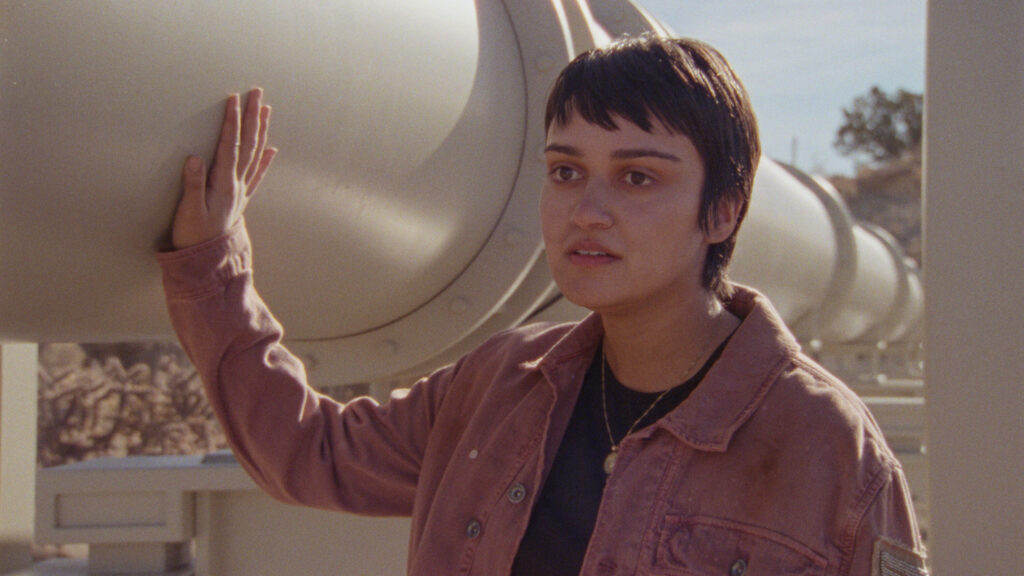


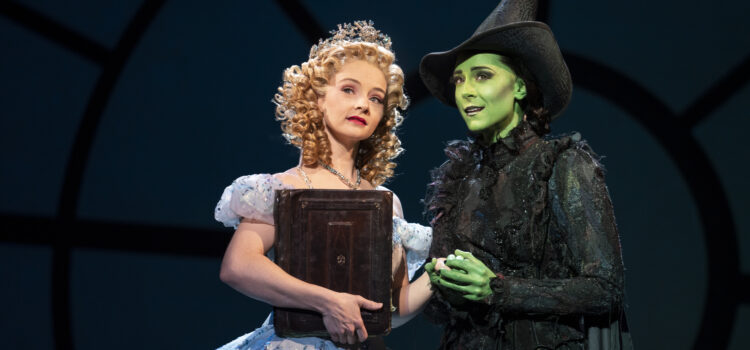

 What happens when a family’s secrets are all revealed on one outrageous, pot-fueled Christmas Eve in 1959?
What happens when a family’s secrets are all revealed on one outrageous, pot-fueled Christmas Eve in 1959? What’s the best medicine for feeling beat up by the world?
What’s the best medicine for feeling beat up by the world? How much would you give up for love?
How much would you give up for love?















